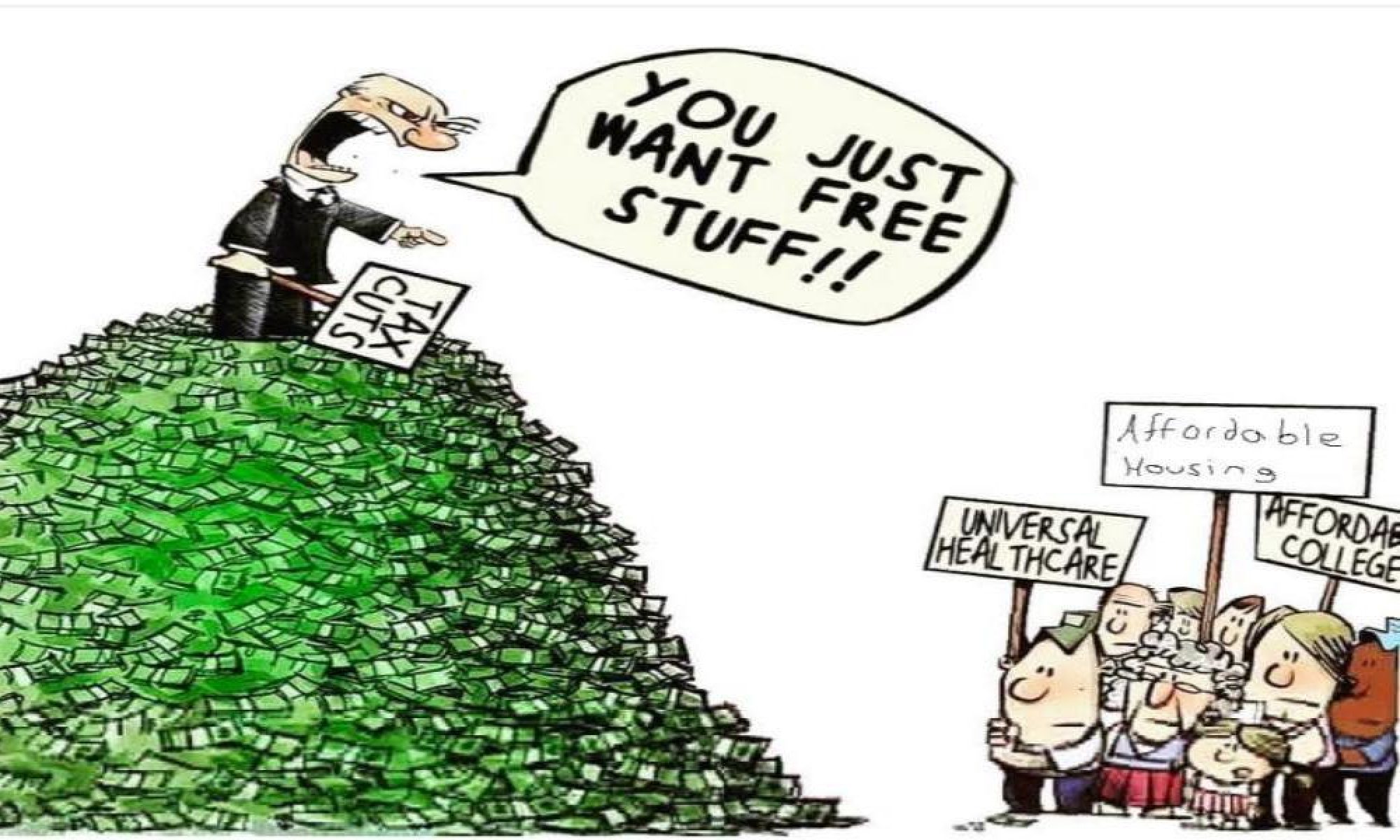The European social model, virtually forgotten since the 2000s, is making a long-overdue comeback as the effects of the 2008 financial crisis continue to damage European society and exacerbate inequality levels. But this welcome change coincides with significant upheavals in the Nordic model, always seen as “best-in-class”. This has elemental consequences for Europe’s trade unions.
We’ve had a spate of reports on Europe’s “social contract” recently. Marine Boisson-Cohen and Bruno Palier argue for three priorities in the face of public spending pressures on the welfare state, persistent macro-economic imbalances in the eurozone and social tensions linked to free movement of labour. These are: adding a social dimension to the single currency, adapting the common rules framework to take account of the new era of worker mobility, and re-establishing the social model’s sustainability.
Jean Pisani-Ferry and Henrik Enderlein, in a report for the French and German economic minsters, urge cross-border investments, labour reforms in France, greater integration of skilled migrant and women workers in Germany, in a bid to avert a “lost decade” for a stagnant EU economy undermined by joblessness.
Now we’ve just had a study on the Nordic model(s) from a team of Nordic researchers who looked at the prospects for renewing the model – or, at worst, witnessing its decline – in Denmark, Sweden, Finland, Iceland and Norway itself up to 2030. It makes for tough reading.
For starters, they show that the crisis is hurting still in terms of increased unemployment – especially among Swedish young people. Second, employment rates have fallen quite dramatically since the 1990s. They were around 80% then and getting back to that level would require 1.3m new jobs between now and 2030 – a tall order. So, a key pillar of the Nordic model is showing symptoms of collapse – and, with rising inequality, its philosophical fundaments are undermined.
In fact, there are so many obvious variations as well as similarities in the Nordic model that it’s better to talk of a “family”. Finland, a Eurozone member, and Denmark, a de facto member if not de jure, have both shown negative growth between 2008 and 2014 – around minus 4% accumulatively. But both Norway (up 4%) and Sweden (up 6%) have done well relatively – and they’re not members.

The Nordic Model is runnig into trouble as union membership is falling across Scandinavia.
This group of countries has, however, shared common experiences – and lessons. One is how the political landscape has become fragmented and fractured, with its domination by social democratic parties – the glue holding the Nordic social pact together – at an end. Parties of the far right and right-wing populist groupings have been scoring between 12 and 20% of votes in recent elections, securing a solid base within that landscape. Even so, the welfare state remains intact and continues to enjoy the support of these right-wing and populist parties – although there is evidence that social generosity is being eroded.
But the second shared experience is more worrying from a trade union point of view. Nordic countries traditionally enjoy high rates of union density – up to 80%. These remain pretty high by European standards but are down to around 65% on average. If this continues, only half the labour force will be unionised by 2030. Indeed, if the Norwegian trend is followed generally, membership among wage- and salary-earners would be down to 45% and the unions would have lost a collective 2.1m members.
What’s especially alarming is that it will be an uphill struggle to recoup those membership levels. Young people are turning away from unions in their droves; joining a union is no longer axiomatic on getting a job. Not surprisingly, then, Nordic unions are focussing their efforts on recruitment. At the same time, northern Europe – especially Norway and Sweden – is proving more and more attractive to migrant labour.
One effect of this increased immigration is that there are large numbers of low-skilled workers on the fringes of the labour market or employed in sectors with low unionisation levels, creating a kind of two-tier labour market hitherto unknown in these countries.
One might conclude that the Scandinavian countries may retain some genuine advantages but are no longer quite so exceptional in European terms. But this equalisation with other European countries may bring a small consolation. We and they may now be able to learn from each other in a much richer vein than was possible when the Nordic model was viewed from afar as an unreachable Holy Grail.
